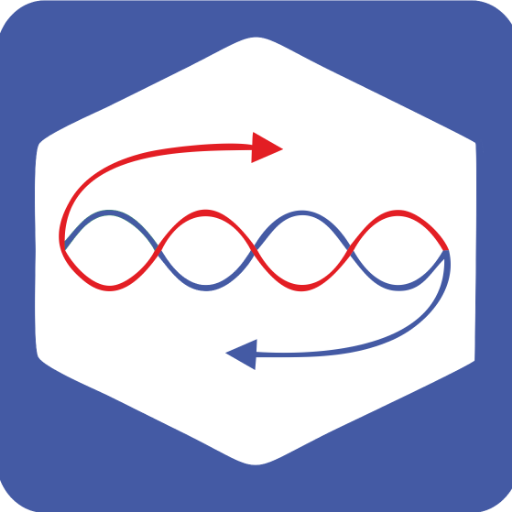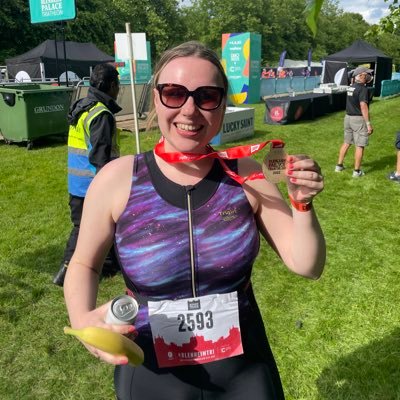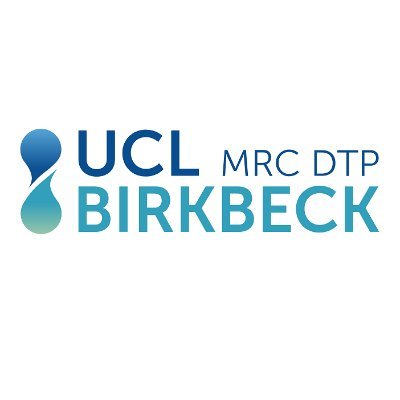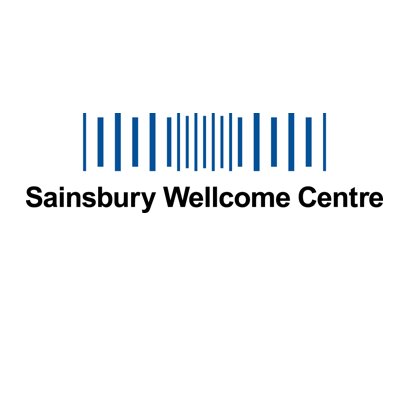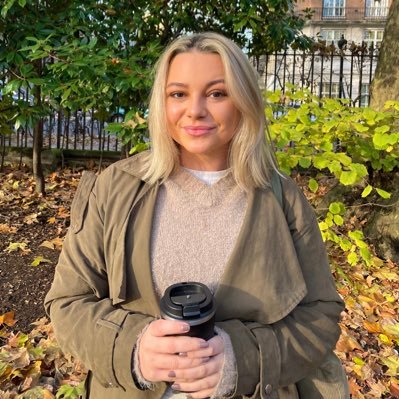
Georgina Mills
@_GeorginaMills
Followers
52
Following
59
Media
0
Statuses
7
UCL-Birkbeck MRC DTP PhD candidate on the theme "Neuroscience and Mental Health". (she/her)
London
Joined September 2022
Thrilled to share that our latest work on #DravetSyndrome is now out as a preprint! 🚀 This project, brilliantly led by @ClaraZourray and co-supervised by Serena Barral, brought together an incredible team. A huge thanks to everyone involved! https://t.co/xqz9mDMLi1
researchsquare.com
Neurodevelopmental disorders associated with epilepsy are typically linked to postnatal dysfunction of synaptic proteins and ion channels, yet increasing evidence suggests a role for these proteins...
0
8
16
Amazing bit of work from @EmmettJThompson and the @StephensonJones lab!! It was an honour to be able to be apart of this!! 💤 🧠
New preprint from the lab! 🚨 Replay of procedural experience occurs in the striatum and is independent of the hippocampus. Heroic effort by @EmmettJThompson & the rest of the team @_JasvinKaur, @_GeorginaMills, @dorrell_will, @ClementineDomi6, @TomNotGeorge 🧵👇1/13
0
0
3
NEW Correspondence published in @NatureHumBehav today by Hannah Franklin @neuroblonde and I: UK PhD Students’ Call to Action Amid The Cost-of-living Crisis Link to access here -> https://t.co/dKt63ZN40g (1/5)
2
53
94
Very exciting findings of molecular and neural underpinnings of memory formation and recall, for conflicting cues in #Celegans
@LMolina_Garcia @ColinasSusana ‼️🤩 #neuro
https://t.co/4Xk3RfFMHr
biorxiv.org
Punishing and rewarding experiences can change the valence of sensory stimuli and guide animal behaviour in opposite directions, resulting in avoidance or approach. Often, however, a stimulus is...
1
2
5
Georgina Mills closes our first round of presentations discussing psychotic disorders. Other rotations focussed on toxicity C9orf72, GRIA2 variants underlying neurological disease and CRISPRa Gene therapy for pain. Thanks to @SelinaWray for chairing this extraordinary NMH session
0
2
5
Had a lot of fun with this experiment to investigate topological relationships of the striatum utilising CTB - a retrograde neuro anatomical tracer. Imaged beautifully by the great @Idoscience ,using an iDISCO method for whole brain clearing.
How do we know which brain regions are connected? @_GeorginaMills used a fluorescent toxin to label two groups of cells in different sites of the brain, shown in magenta and red. The toxin then tracks back through connections between neurons to light up where cells are connected
0
0
13
Great presentations from the NMH supervisors at our UCLBBK MRC DTP induction. The schedule looks really promising.
0
5
6

